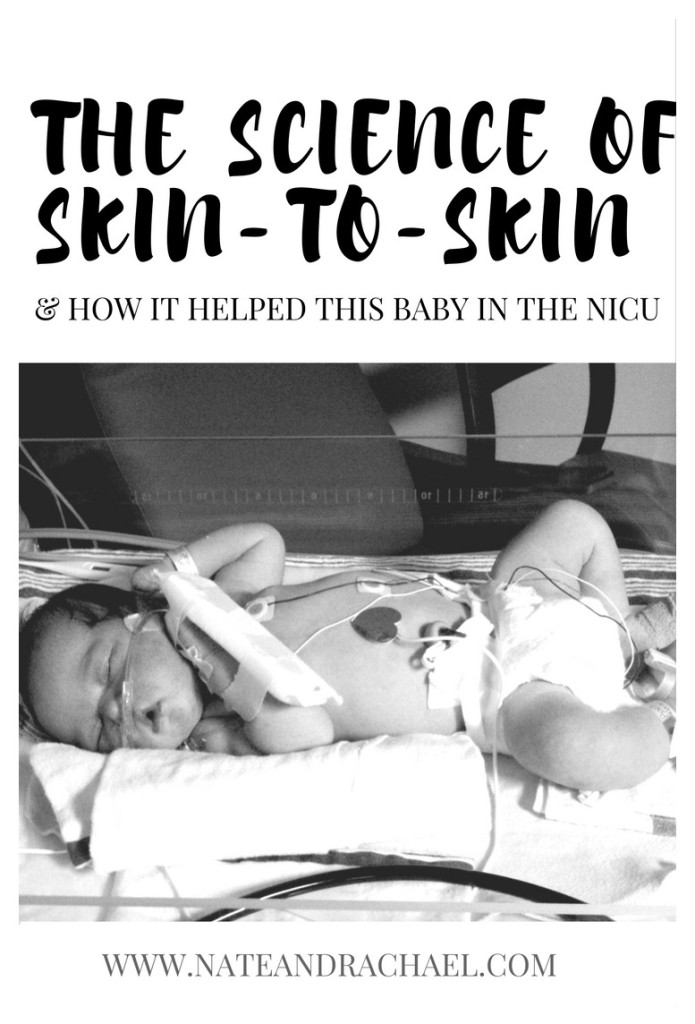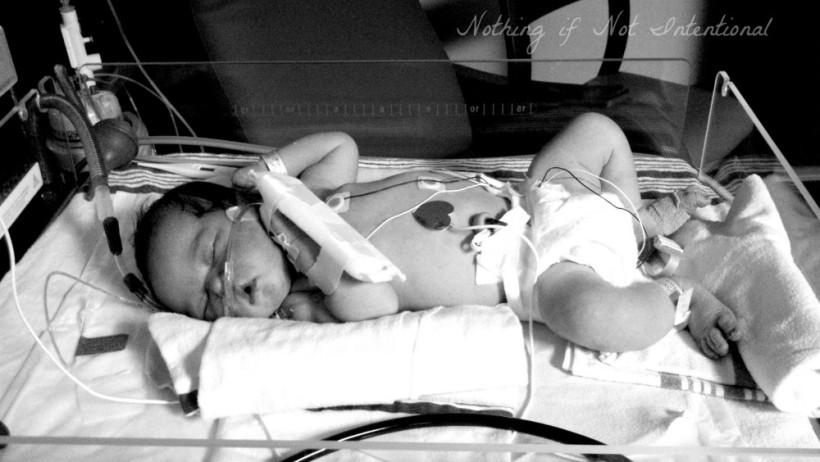This post was sponsored by WaterWipes as part of an Ambassador Program for Influence Central. I received complimentary products to facilitate my review.
A few short weeks ago, this little one of mine turned four. As our youngest biological child, it’s so hard for me to accept this birthday.
Four.
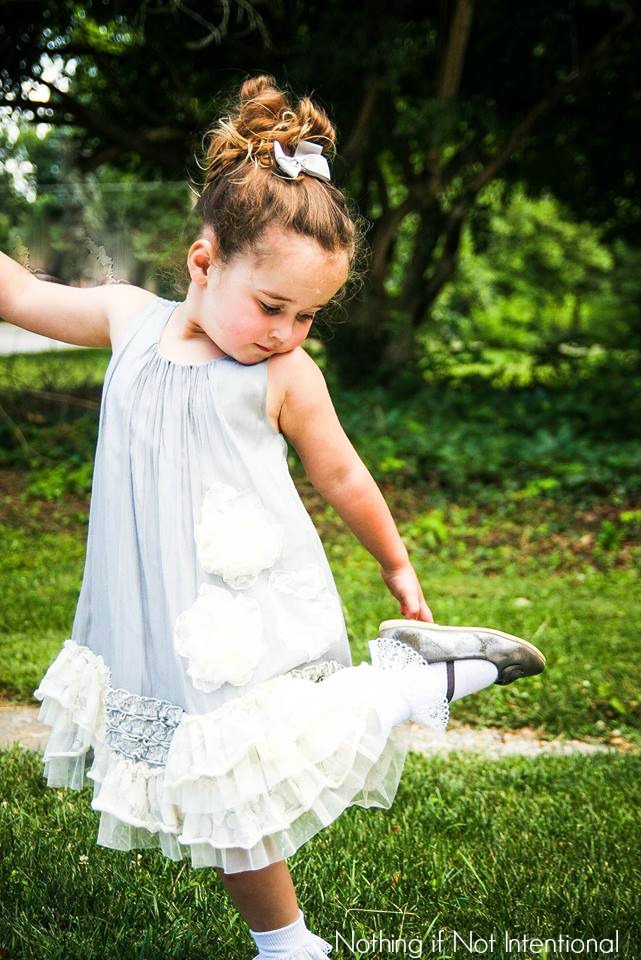
Four means there’s not even a hint of baby or toddler left in her. She’s a preschooler, a big kid, and (as long as we have our foster baby in our home) a big sister.
But being a big sister also makes her a middle child. I’ve always worried that moving her from the prized role of “baby” to “middle child” would somehow scar her.
It’ll be okay, right?
Middle children of the world, any advice for raising a well-adjusted, loved, happy middle child?
For the most part, I don’t worry about her. She has a spunky, happy personality.

She’s funny and charming, just like her daddy.
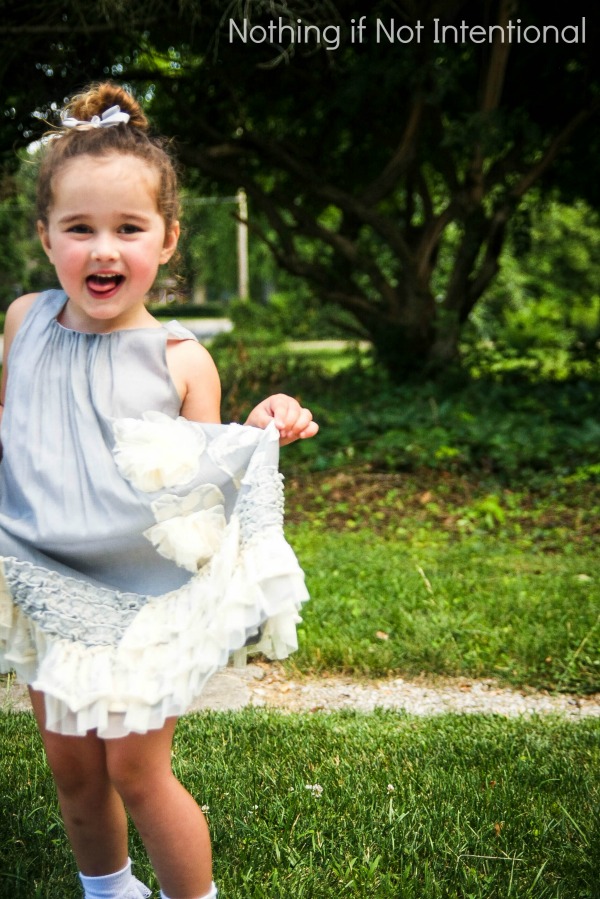
And hopefully she never feels the need to act out to get attention, because she’s already the focus of most of my health-related fears. She’s our child with the random health problems and scares.
For instance, last summer a pediatric cardiologist had to plug a 3mm heart murmur hole. Murmurs are pretty common. But murmurs that require intervention in the form of a heart procedure are pretty rare. We expected this one to close on its own, but it was stressing her heart.
But the biggest surprise of all was when she ended up in the NICU at birth. She was 9 lbs 13 oz, and she looked like she could have eaten the preemies for lunch.
Rapid breathing.
A smudge on a chest x-ray.
Chest retractions.
We never knew exactly what caused these things. The doctors suspected a lung infection, but we’ll never know for sure.
I saved these memories from my journal:
July 28 (her birthday). Please say a prayer for the baby’s breathing rate. It’s a little high (could be a sign of infection? Or respiratory distress?), so they’re monitoring her for a few hours in the nursery.
July 29. She’s been moved to NICU and put on antibiotics. White blood count is high and breathing is still fast. BUT, whenever Nate or I hold her skin-to-skin, her breathing rate drops down to the very normal 20-30 range! How cool is that?!
She’s showing little to no interest in waking up to eat, which is the biggest clue to me that something’s not quite right.
July 30. We took turns holding her skin-to-skin all night long in the NICU. How nice to be able to bond with her in that special way in spite of the circumstances! Her breathing rate is generally lower, but there are still a few high spikes.
In the end, she spent a week in the NICU on antibiotics. Nate and I went back and forth to the hospital for every feeding. I pumped in the middle of the night, and he’d race to the hospital to feed her and snuggle her. Other times he’d stay home with our “big” girl (who was still practically a baby herself) so I could drive to the sterile NICU and nurse while listening to the beeps and ticks of the machines attached to her little legs and chest.
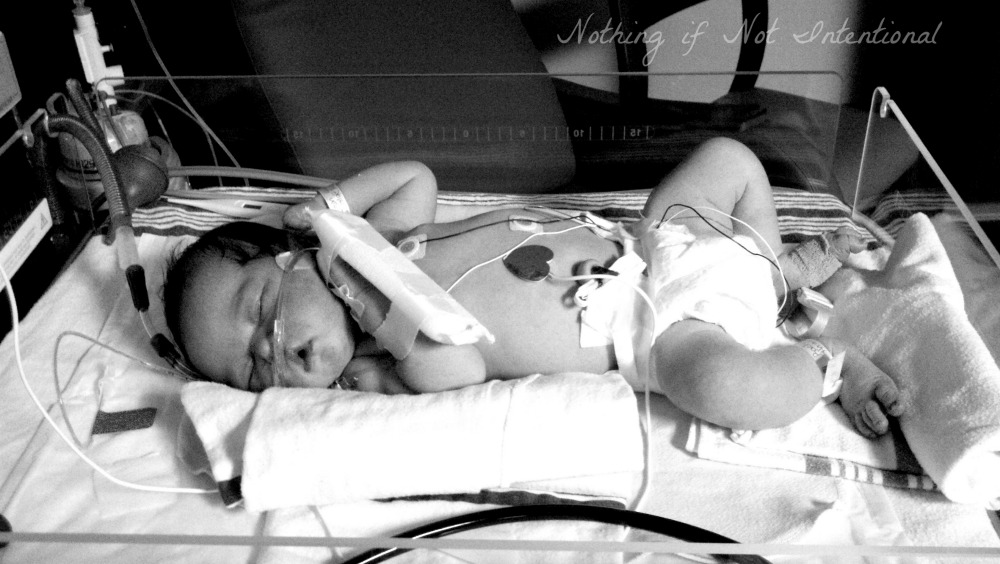
The anxiety, stress, schedule, and exhaustion of that first week made the rest of her newborn days seem like a welcome vacation. At least we were all together. At least we were at home. At least our babies were healthy.
It seemed fitting to finally share our NICU story now that I’ve signed on as an ambassador for WaterWipes. In this Pure Love video, world-renowned skin-to-skin expert Dr Susan Ludington shows the science behind skin-to-skin and the natural power a mom has to care for her baby.
I’ve seen the science of skin-to-skin contact in action with our not-so-little NICU baby, and I’m glad to hear that doctors are encouraging moms to go with this powerful and natural form of bonding and care.
Also? If these baby noises and snuggles don’t make you miss the sleepy (and sleep-deprived) newborn days, nothing will.
We’ve been using WaterWipes for our baby’s diaper changes and on our big girls’ hands and feet. They’re easy-to-love because they’re chemical free, safe, and durable.
Actually, “chemical free” is hardly a fair description. These wipes are better than “chemical free.” They’re 99.9% water and .1% grapefruit seed extract.
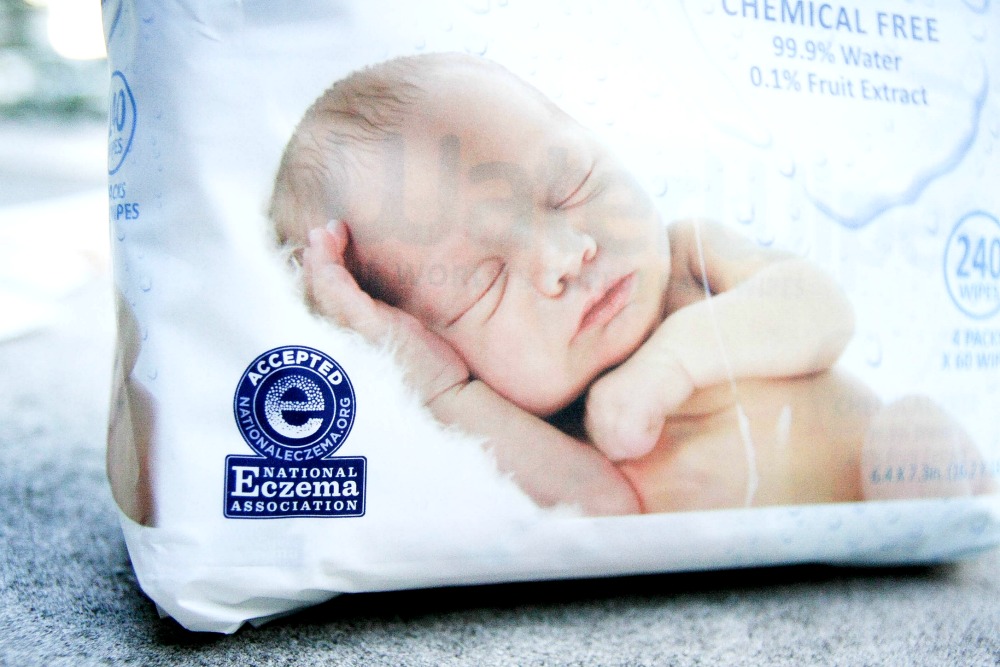
They’re also approved by the National Eczema Association. I’ll give you one guess as to which of my three girls has been “blessed” with eczema. 😉

In the coming weeks, we’ll be sharing even more about WaterWipes. In the meantime, you can check out WaterWipes on facebook and pinterest!
